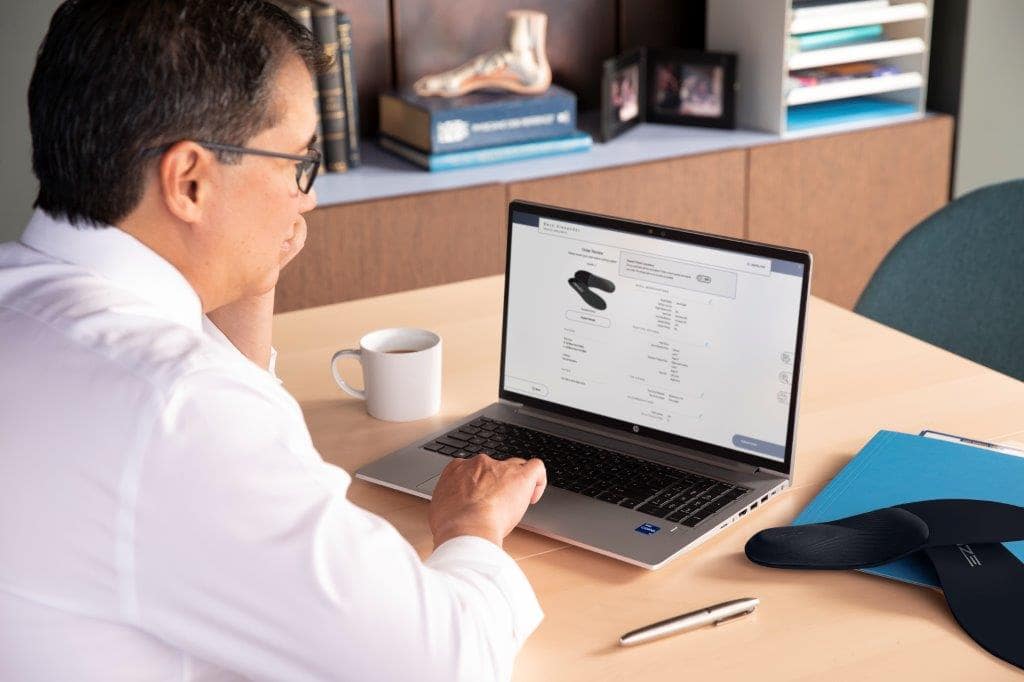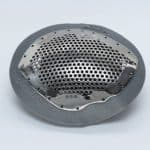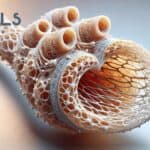
Samer Moussa has a background that merges design, clinical care, and business development of medical devices. With an undergrad in Mechanical Engineering, a Masters of Science in Orthotics and Prosthetics and currently pursuing an MBA, he has transitioned from everyday clinical care as a CPO to working as a product manager with different medical device manufacturers. From adjustable prosthetic sockets with LIM Innovations to innovative off-the-shelf knee and spine devices with Breg and the latest venture with HP, Arize Orthotics which is a fully developed end-to-end solution for custom orthotics. Samer has been in the O&P industry for 10 years and his main passion is finding the right bridge between new technology and clinical pain points in a way that both businesses can strive. He recently received MBA from Boston University in 2022. Samer will be speaking at the upcoming 3D printing for O&P webinar.
Jenny: When was the first encounter you had with 3D printing?
Samer: I first encountered 3DP when I was doing my residency in prosthetics. It was from a small start up in San Francisco that was looking to leverage 3DP in prosthetic sockets, specifically water legs. Even though prosthetics 3DP application was in its infancy back then, with plenty of features lacking, it was hard not to see the efficiency benefit, the repeatability improvement, and the overall profile control from technology like this. At that time, I just knew that given enough time and development, this is the technology that will move the O&P industry to the next stage.
Jenny: What inspired you to start your journey in 3D printing?
Samer: The advantages of 3DP were clear to me. The technology was developing rapidly as I was starting my career as a clinician and I knew that I had the chance to be a part and at the forefront of technological advancements that this industry hasn’t seen in decades.

Jenny: Who inspired you the most along this journey in 3D printing for O&P?
Samer: It most certainly is the patients I’ve helped during my clinical days. This is where a lot of the designs we see today stem from, it’s to help the patients have a better, lighter, thinner product. Patients are the end users and we have the responsibility to make sure they have the most to gain.
Jenny: What motivates you the most for your work?
Samer: Finding the nuances of how to overcome barriers between new products and new adopters

Jenny: What is the biggest obstacle in your line of work?
Samer: One of the big obstacles is to efficiently merge clinical care with new technological advancements. Whether it’s regulatory limitations, the ability to take on a new learning curve, or the willingness to change the current clinical workflow. The technology always needs willing players in order to succeed.
Jenny: What do you think is the biggest challenge in 3D Printing?
Samer: The biggest and always on-going obstacle is making sure that 3DP is implemented where its most needed. Sometimes applications may look like a good match on the surface, but it’s always important to understand the full user journey to see if it is a good fit or not.
Jenny: What advice would you give to a smart driven college student in the “real world”? What bad advices you heard should they ignore?
Samer: Don’t let your only focus be the technology or what seems “cool”. Remember to think about the application and about what the pain points of the person buying them are.
Related Articles:
Interview with Brent Wright: 3D Printed Orthotics and Prosthetics
3DHEALS2020 Session 8. Healthcare 3D Printing In Space, NASA, ISS
3DHEALS2020 Session 20. Regulatory/ Legal Challenges
No More Manual Work: Interview with Xkelet CEO and Co-founder Jordi Tura (Video)



 May 14, 2023
May 14, 2023 






Comments